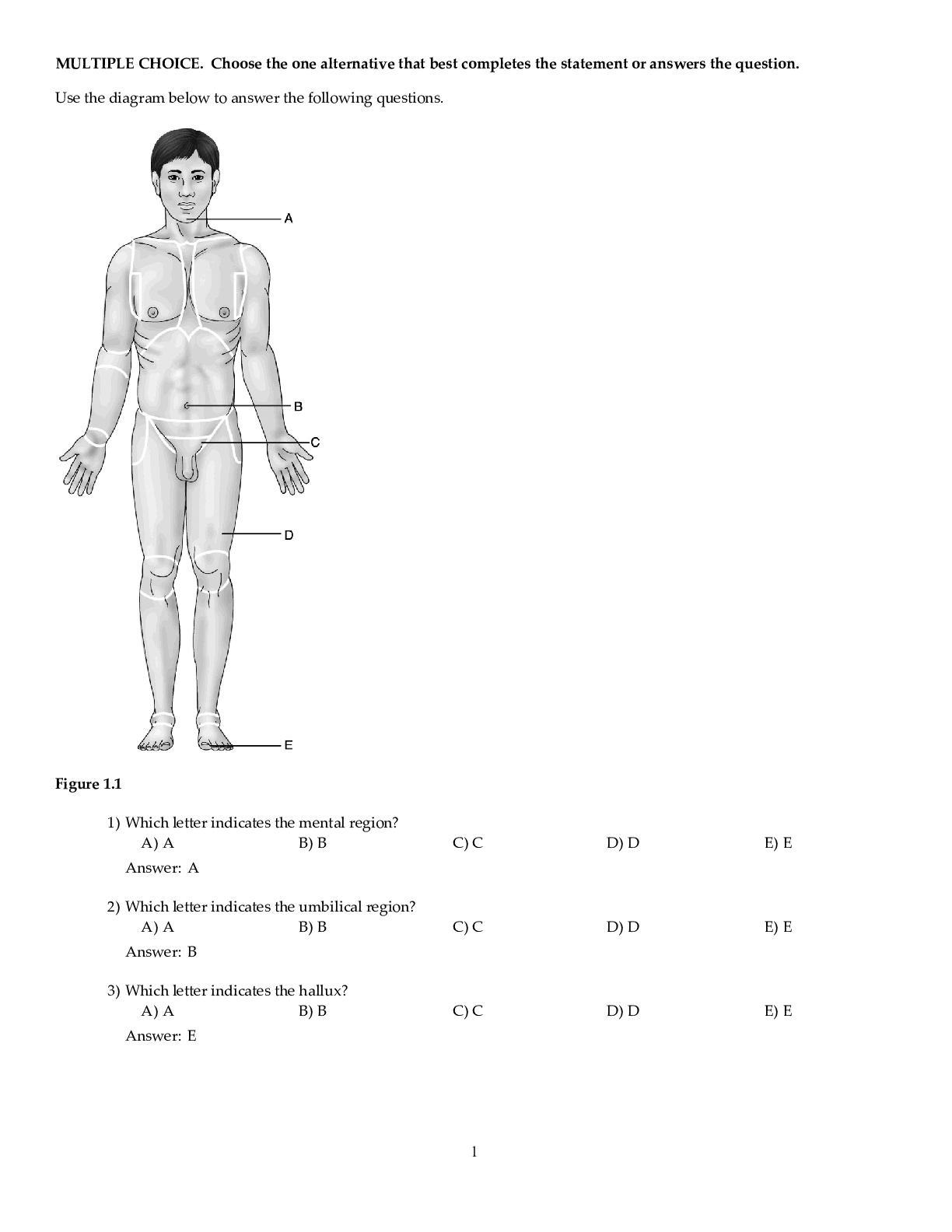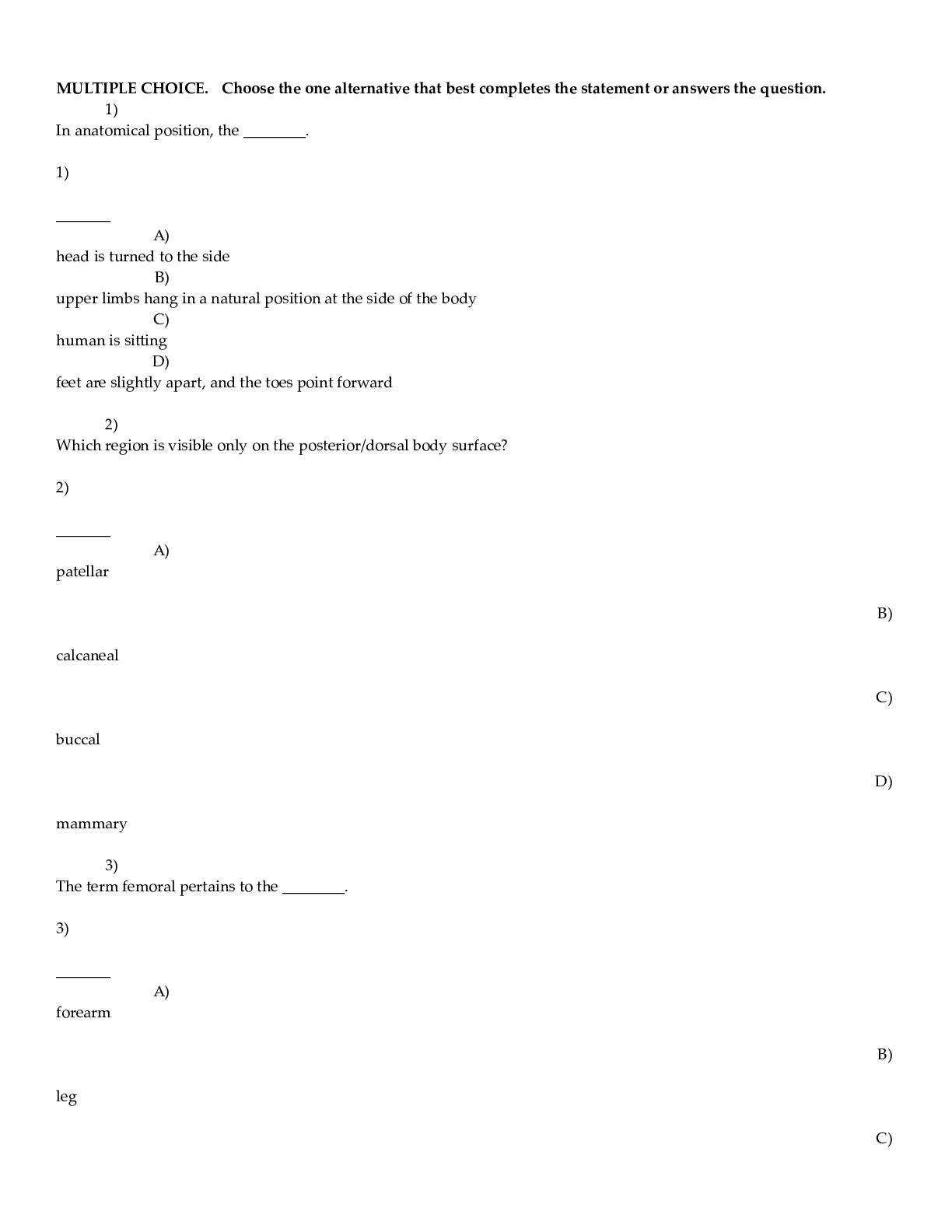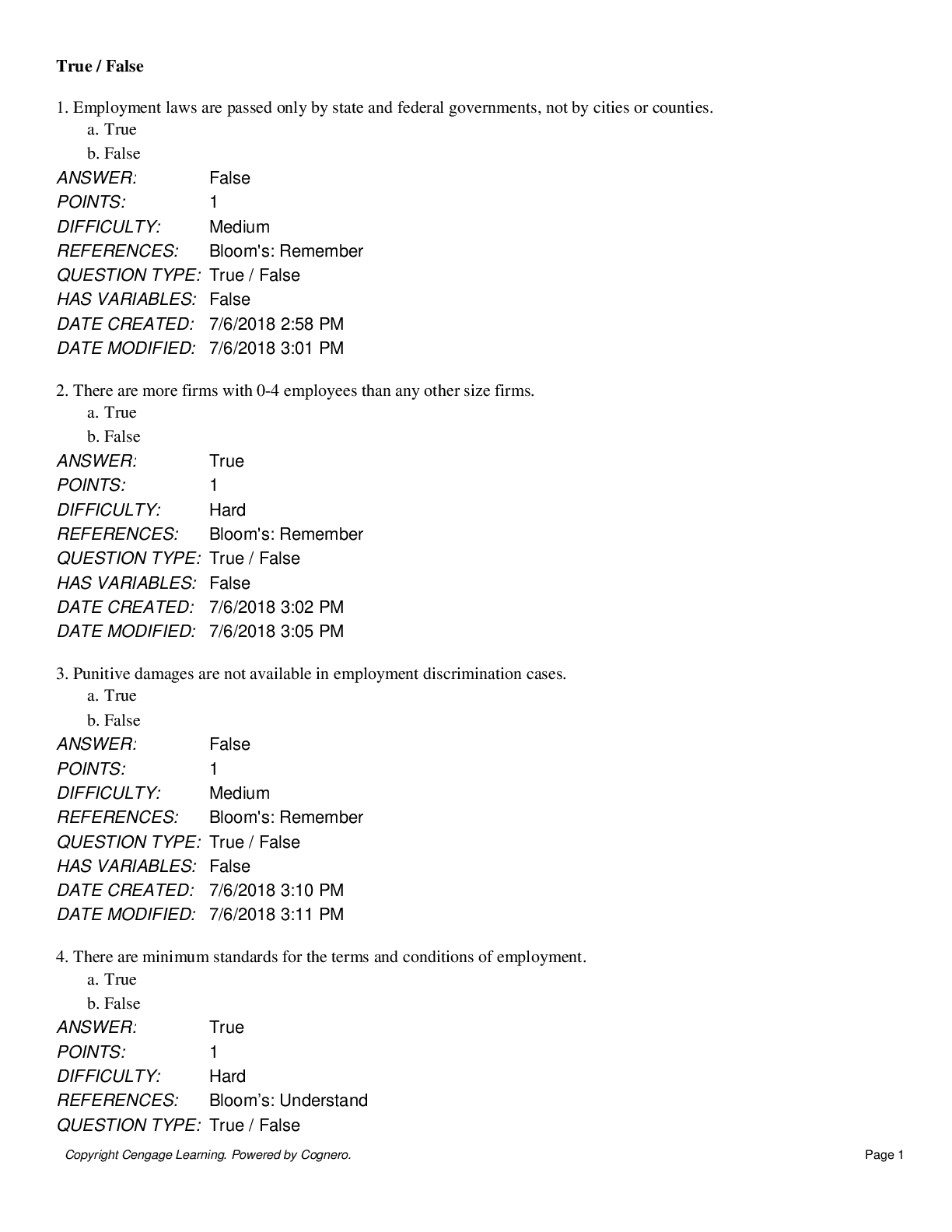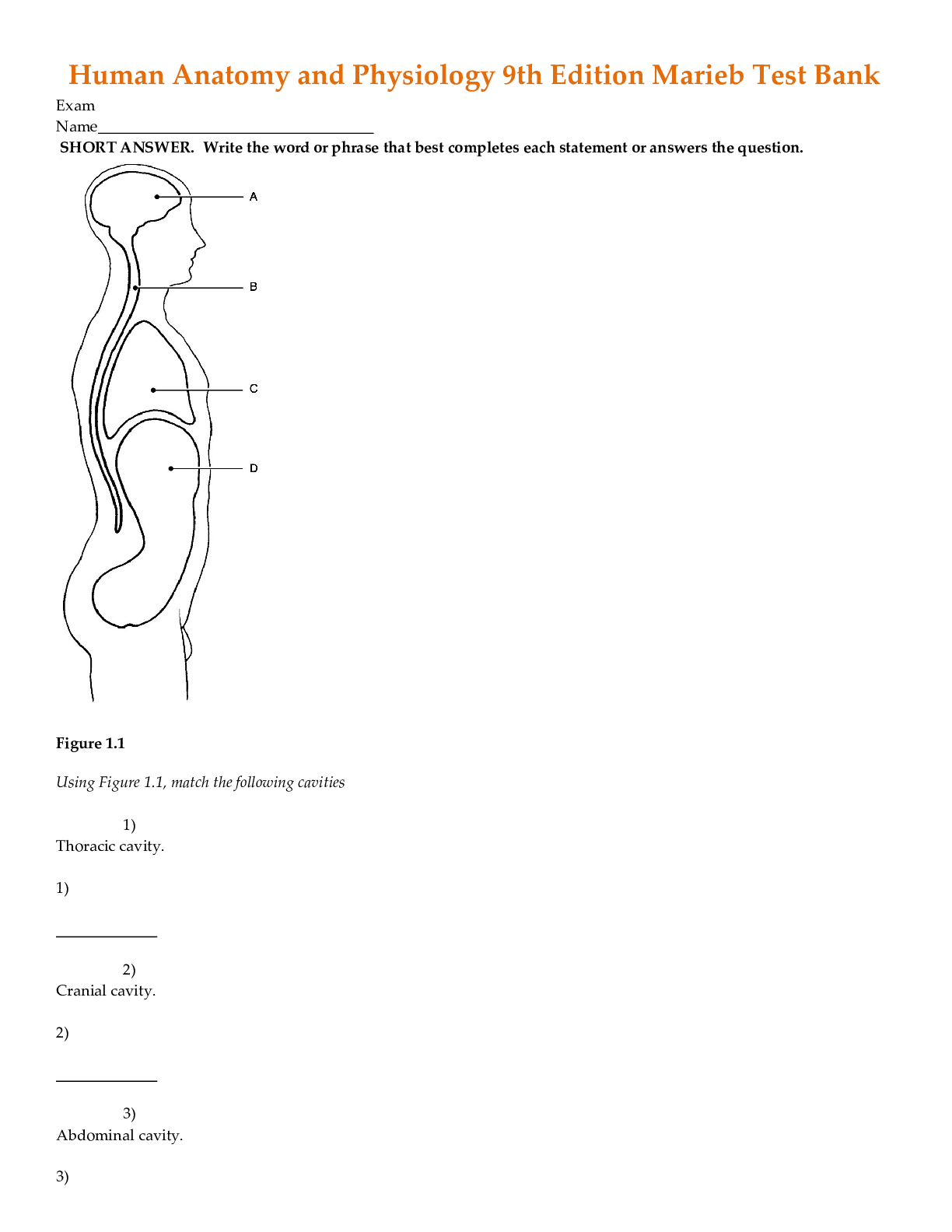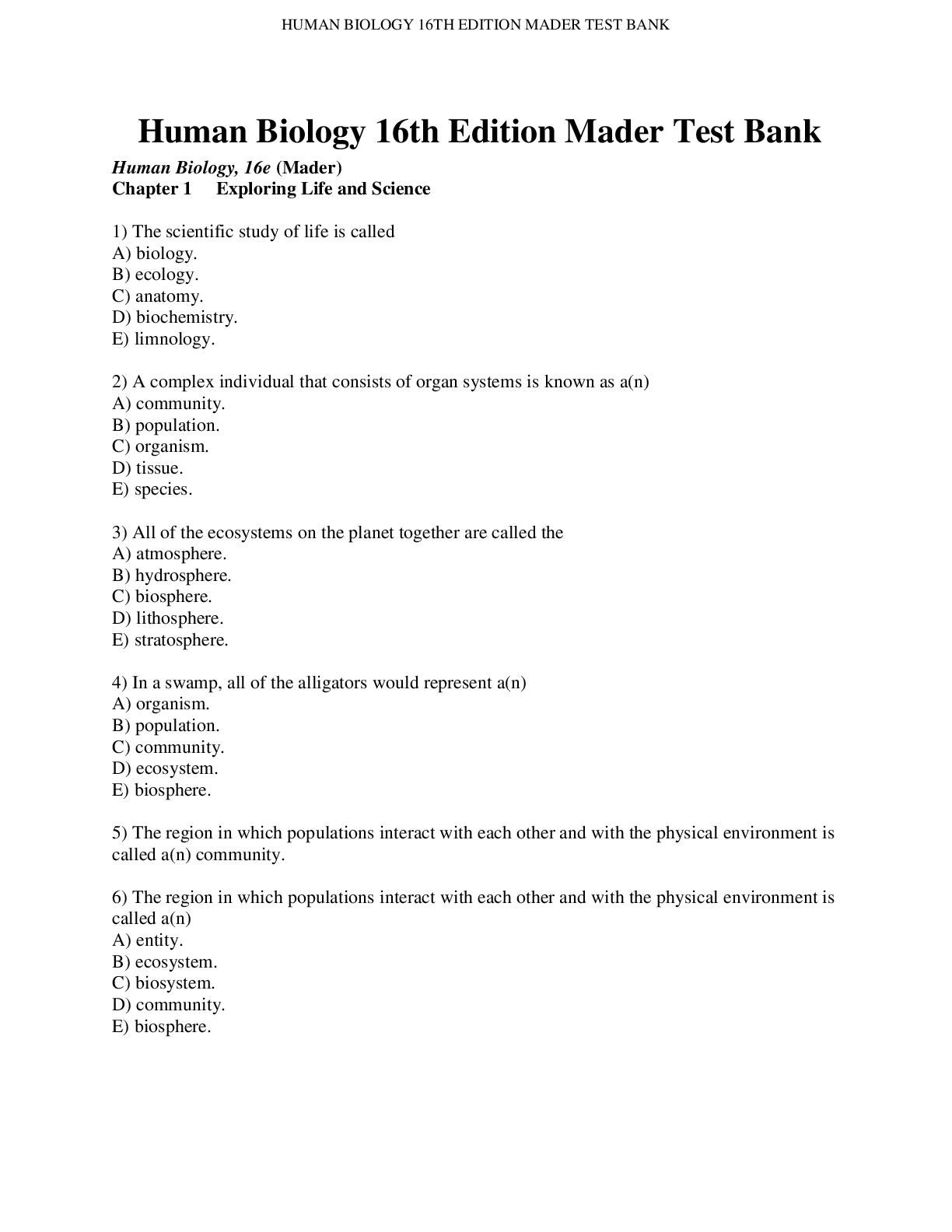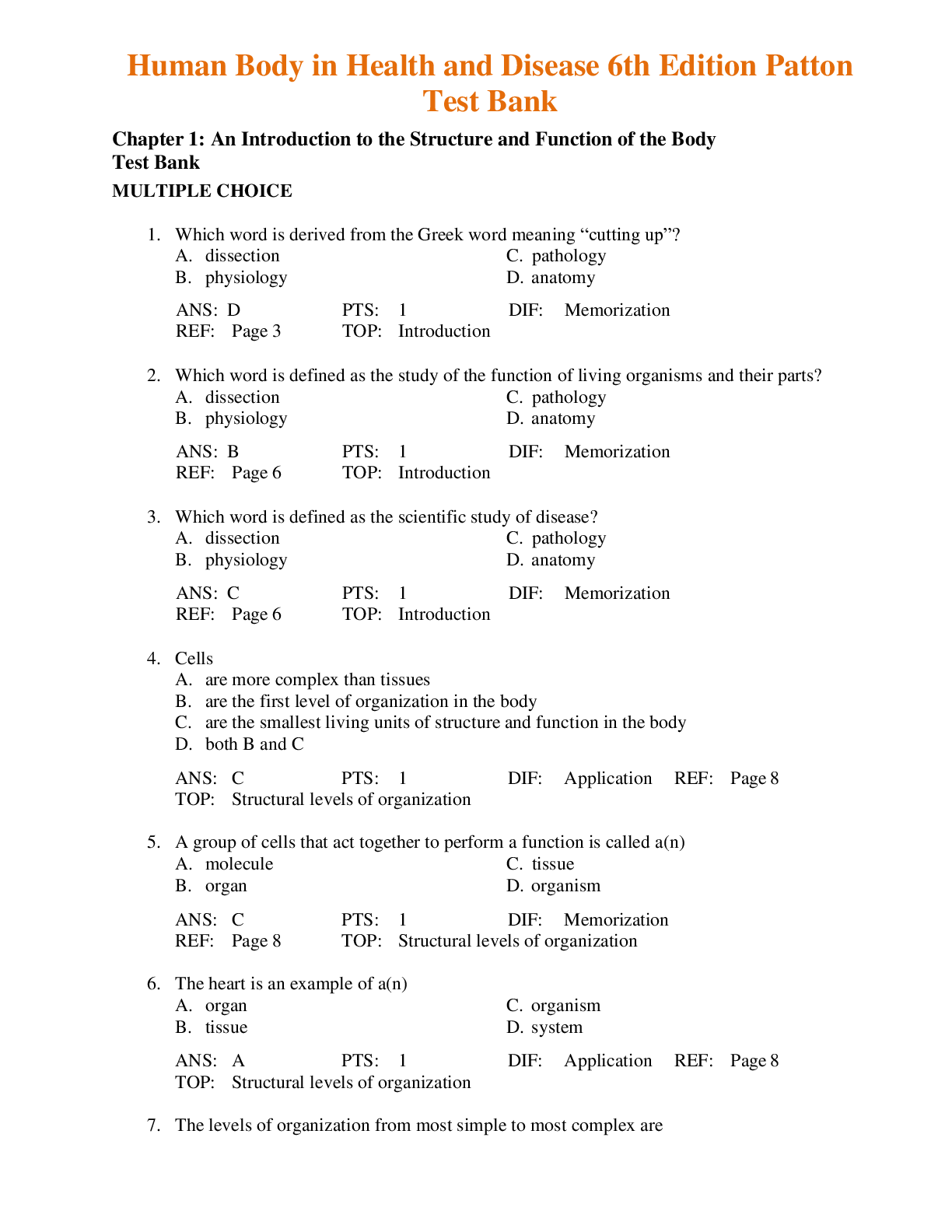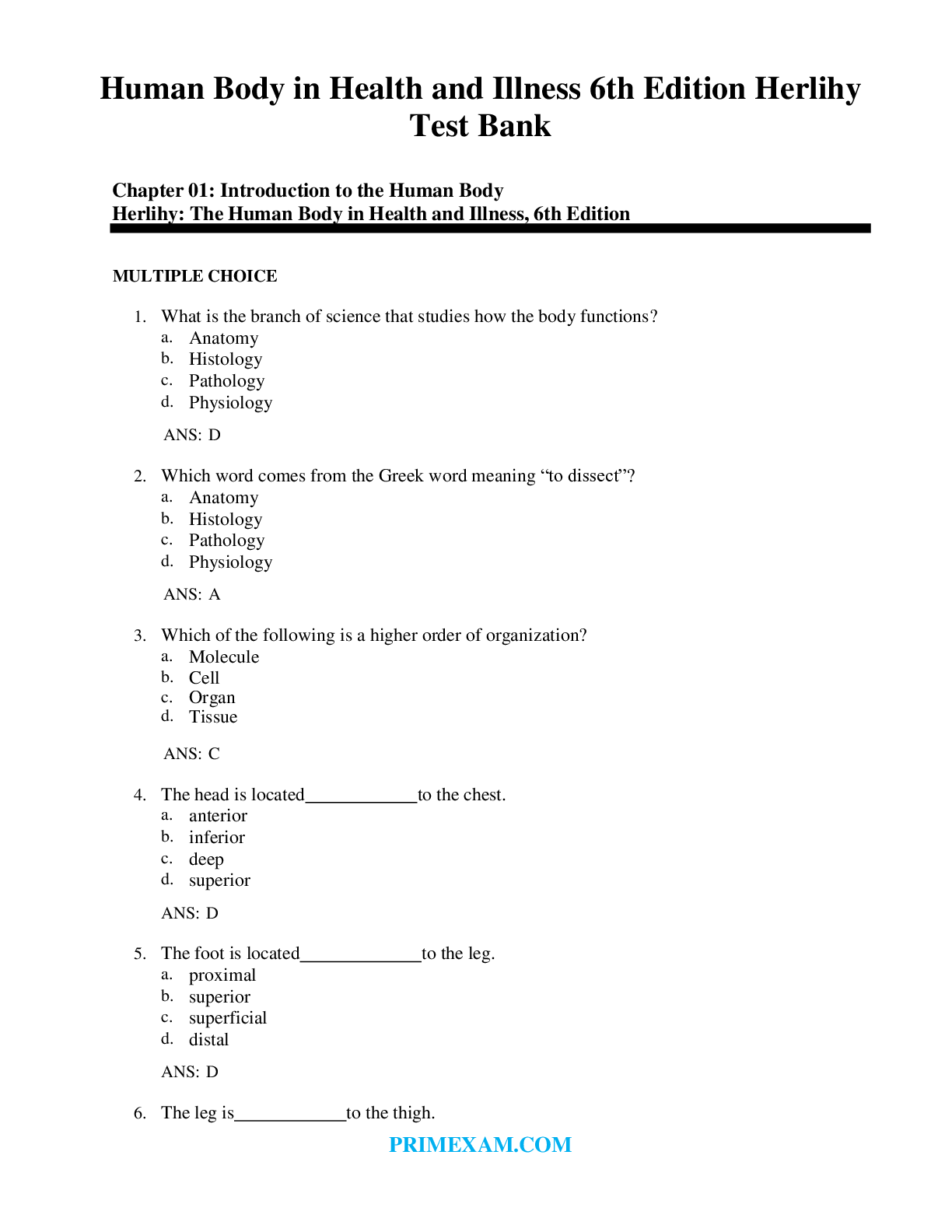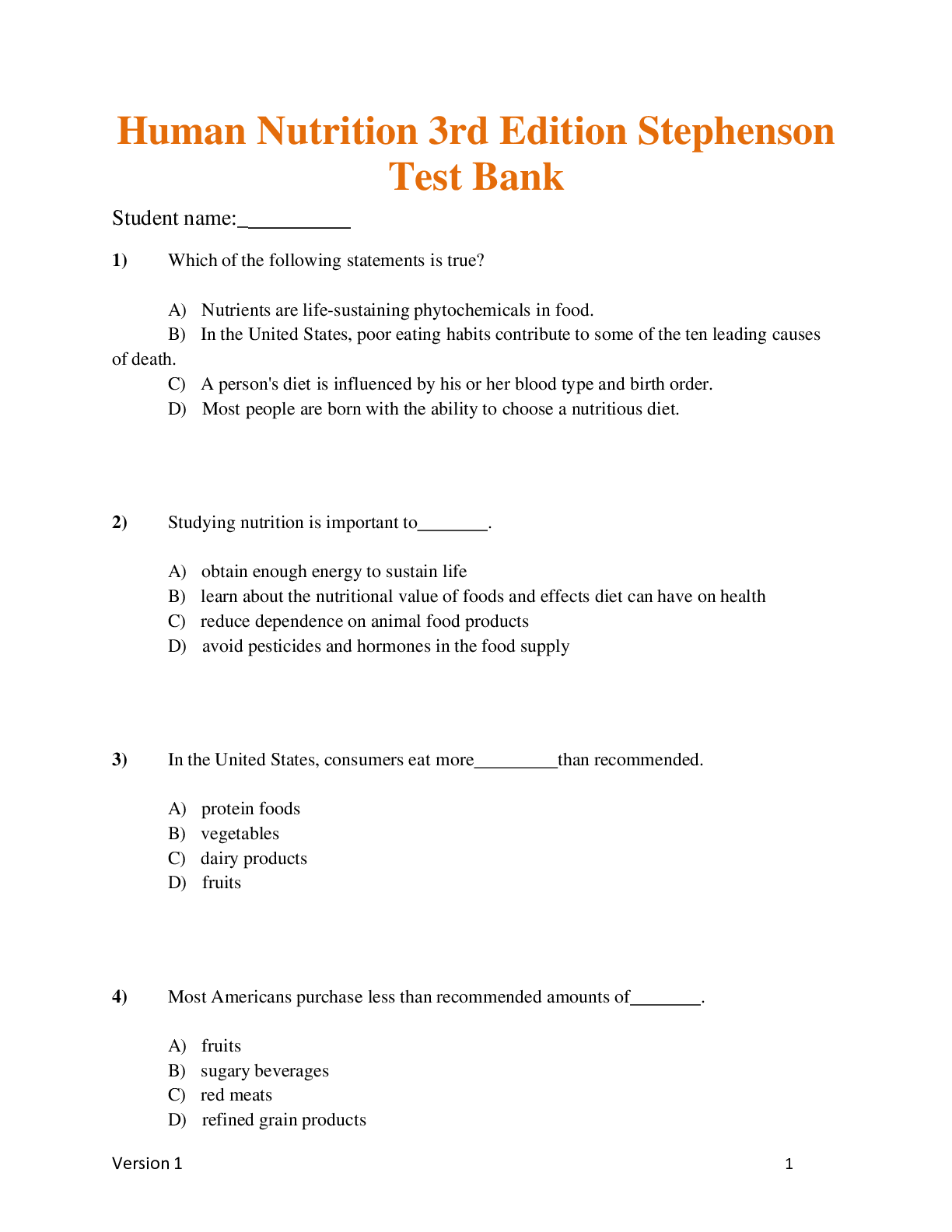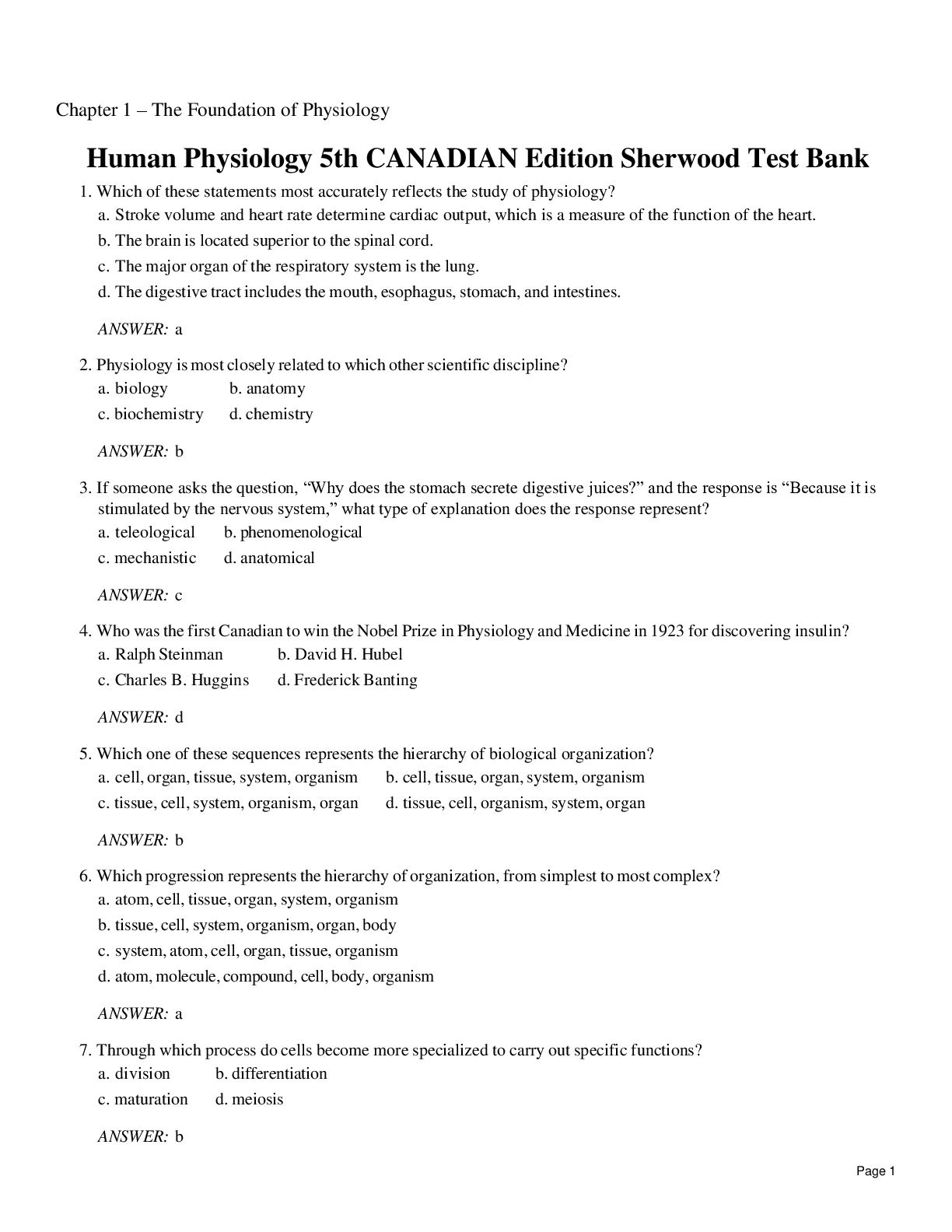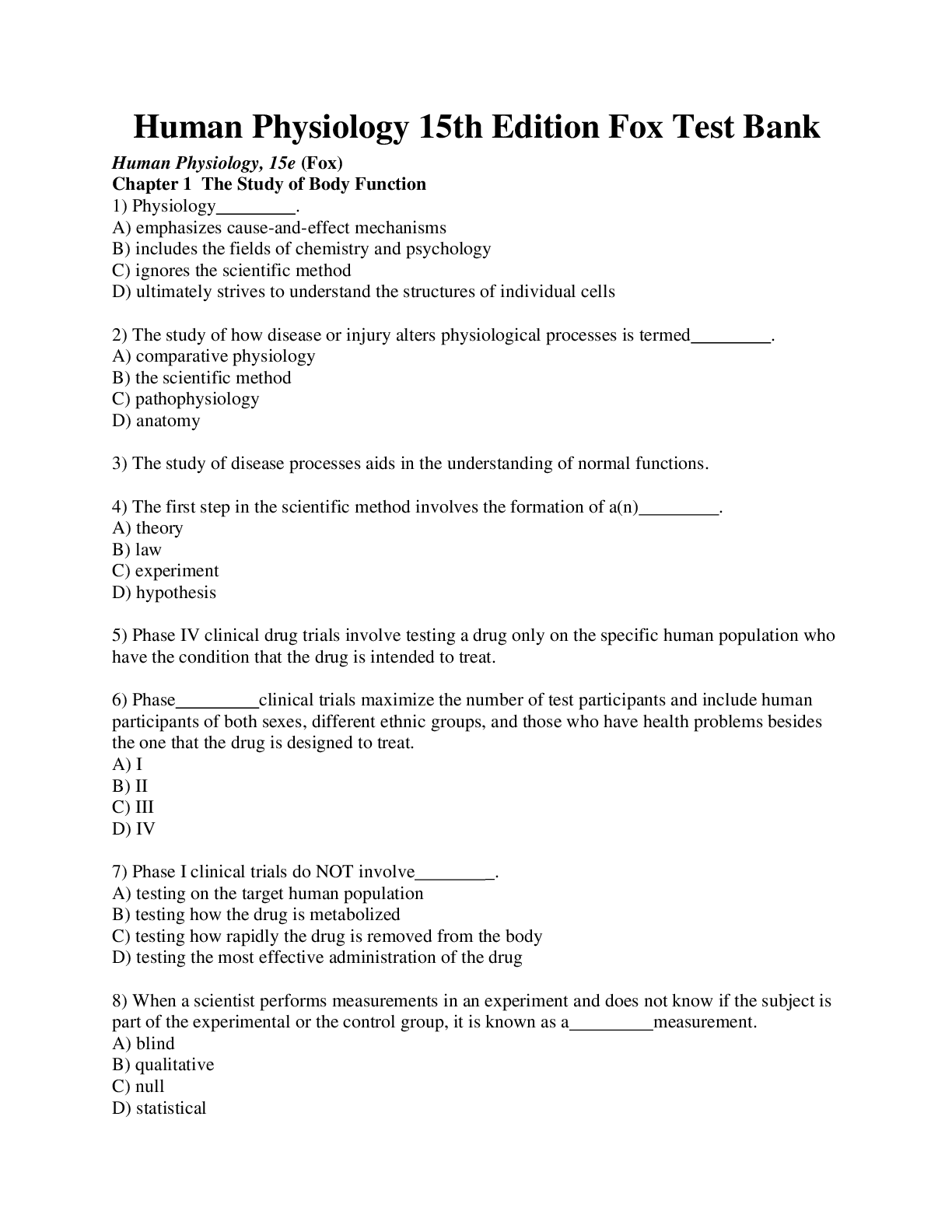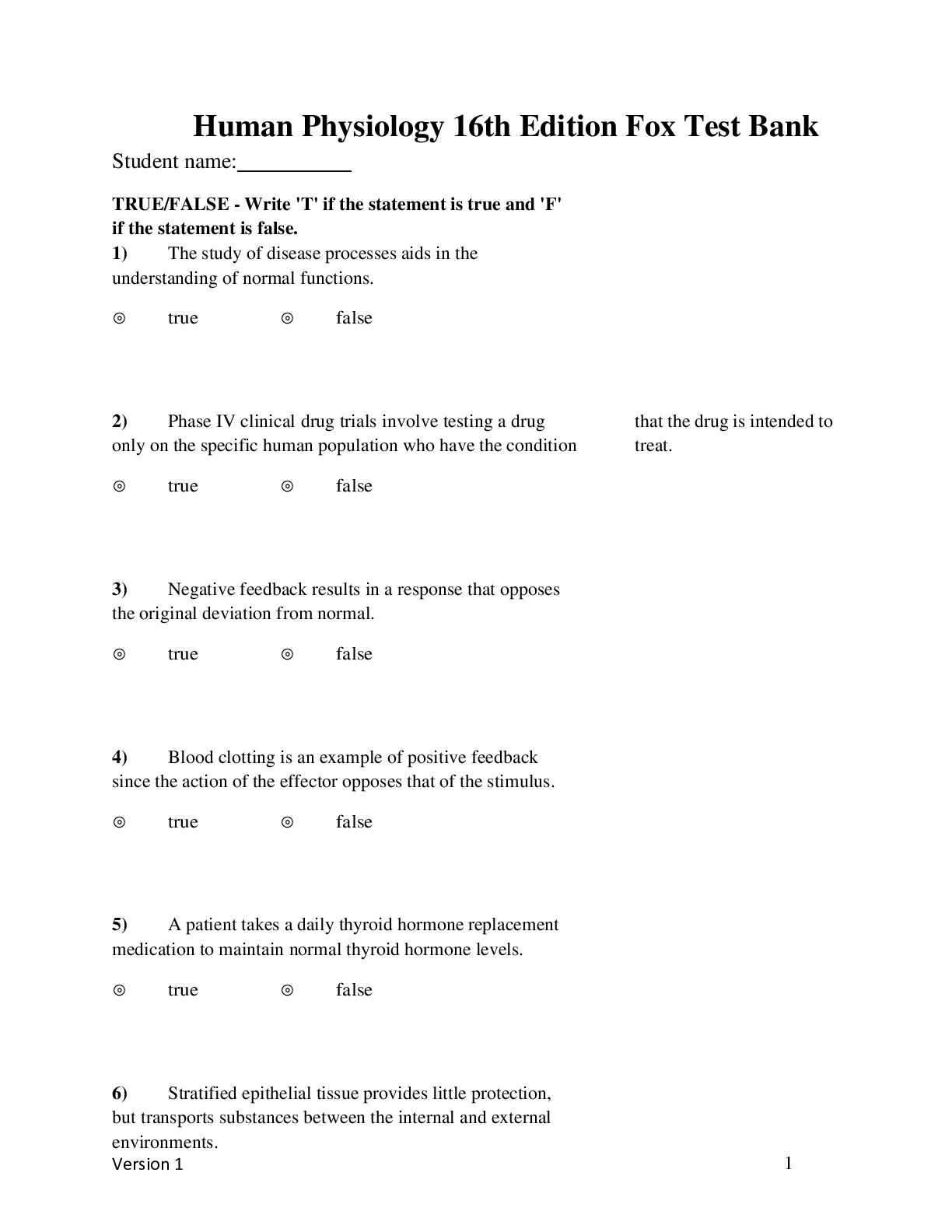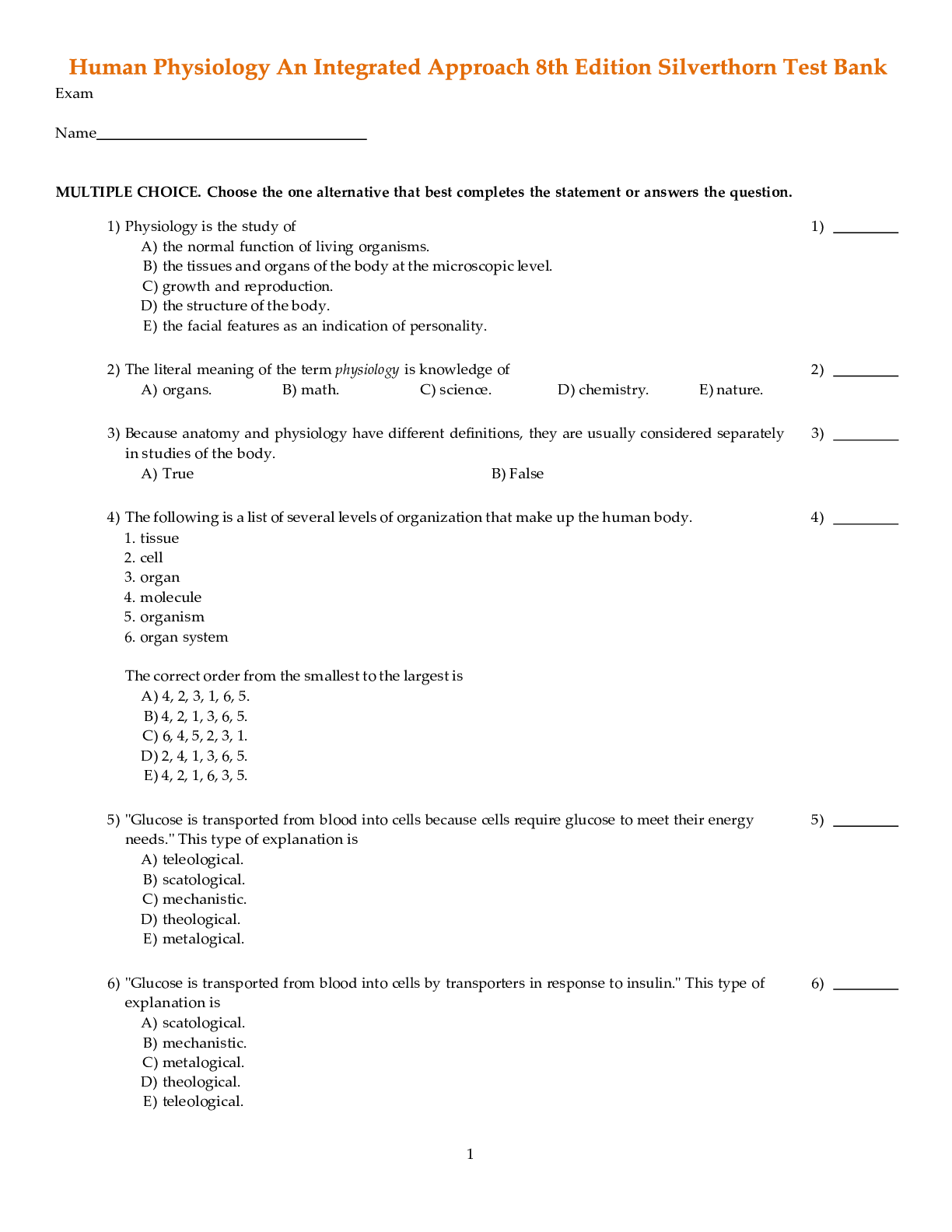Anatomy > TEST BANK > TEST BANK for Human Anatomy 6th Edition Kenneth Saladin latest for 2021 with ALL 1-28 Chapters for (All)
TEST BANK for Human Anatomy 6th Edition Kenneth Saladin latest for 2021 with ALL 1-28 Chapters for Acing your Exams in the first round!!
Document Content and Description Below
TEST BANK for Human Anatomy 6th Edition Kenneth Saladin latest for 2021 with ALL 1-28 Chapters for Acing your Exams in the first round!!Human Anatomy, 6e (Saladin) Chapter 1 The Study of Human An... atomy 1. A First Look at Anatomy 2. The Cell: Basic Unit of Structure and Function 3. Embryology 4. Tissue Level of Organization 5. Integumentary System-Skeletal System 6. Cartilage and Bone 7. Axial Skeleton 8. Appendicular Skeleton 9. Articulations-Muscular System 10. Muscle Tissue and Organization 11. Axial Muscles 12. Appendicular Muscles 13. Surface Anatomy-Nervous System 14. Nervous Tissue 15. Brain and Cranial Nerves 16. Spinal Cord and Spinal Nerves 17. Pathways and Integrative Functions 18. Autonomic Nervous System 19. Senses: General and Special 20. Endocrine System-Cardiovascular System 21. Blood 22. Heart 23. Vessels and Circulation 24. Lymphatic System 25. Respiratory System 26. Digestive System 27. Urinary System 28. Reproductive System 1) Which of the following is not true? A) Anatomy is the study of the structure of the body. B) Gross anatomy is the study of tissues and cells. C) Comparative anatomy is the study of more than one species. D) Regional anatomy is the study of multiple organ systems in a specific area of the body. E) Systemic anatomy focuses on one organ system at a time. Answer: B Section: 1.01 Topic: Scope of anatomy and physiology; Basic terminology Bloom's: 2. Understand Learning Outcome: 1.1a Define anatomy and some of its subdisciplines. Accessibility: Keyboard Navigation; Screen Reader Compatible 2) The study of microscopic tissues is called ________. A) cytology B) gross anatomy C) dissection D) histology E) auscultation Answer: D Section: 1.01 Topic: Basic terminology Bloom's: 1. Remember Learning Outcome: 1.1a Define anatomy and some of its subdisciplines. Accessibility: Keyboard Navigation; Screen Reader Compatible 3) A subdiscipline of anatomy in which multiple organ systems are studied in a specific area of the body is ________ anatomy. Answer: regional Section: 1.01 Topic: Scope of anatomy and physiology Bloom's: 1. Remember Learning Outcome: 1.1a Define anatomy and some of its subdisciplines. Accessibility: Keyboard Navigation; Screen Reader Compatible 4) ________ anatomy is the study of structures visible to the naked eye. Answer: Gross Section: 1.01 Topic: Scope of anatomy and physiology Bloom's: 1. Remember Learning Outcome: 1.1a Define anatomy and some of its subdisciplines. Accessibility: Keyboard Navigation; Screen Reader Compatible 5) Functional ________ goes beyond simply studying the structure of organs and provides reasons for them. Answer: morphology Section: 1.01 Topic: Scope of anatomy and physiology Bloom's: 1. Remember Learning Outcome: 1.1a Define anatomy and some of its subdisciplines. Accessibility: Keyboard Navigation; Screen Reader Compatible 6) Regional anatomy is the study of multiple organ systems at once in a particular portion of the body. Answer: TRUE Section: 1.01 Topic: Scope of anatomy and physiology Bloom's: 1. Remember Learning Outcome: 1.1a Define anatomy and some of its subdisciplines. Accessibility: Keyboard Navigation; Screen Reader Compatible 7) Which of the following is true regarding systemic versus regional anatomy? A) Systemic anatomy focuses on only one system at a time. B) Regional anatomy focuses on only one system at a time. C) Systemic anatomy focuses on several organ systems. D) Systemic anatomy focuses on several regions of the body. Answer: A Section: 1.01 Topic: Scope of anatomy and physiology Bloom's: 4. Analyze Learning Outcome: 1.1a Define anatomy and some of its subdisciplines. Accessibility: Keyboard Navigation; Screen Reader Compatible 8) Auscultation is ________. A) listening to natural sounds made by the body B) looking at the body's appearance in a physical examination C) feeling a structure with the hands D) tapping on the body and feeling for resistance E) examining test results for diagnosis of symptoms involving the abdominal cavity Answer: A Section: 1.01 Topic: Basic terminology Bloom's: 1. Remember Learning Outcome: 1.1b Name and describe some approaches to studying anatomy. Accessibility: Keyboard Navigation; Screen Reader Compatible 9) Feeling a structure, like a swollen lymph node, with the hands is called ________. Answer: palpation Section: 1.01 Topic: Basic terminology Bloom's: 1. Remember Learning Outcome: 1.1b Name and describe some approaches to studying anatomy. Accessibility: Keyboard Navigation; Screen Reader Compatible 10) Listening to natural sounds made by the body is called ________. Answer: auscultation auscultating Section: 1.01 Topic: Basic terminology Bloom's: 1. Remember Learning Outcome: 1.1b Name and describe some approaches to studying anatomy. Accessibility: Keyboard Navigation; Screen Reader Compatible 11) If a physician feels for broken bones under the skin, she would be utilizing the method of study referred to as ________. Answer: palpation palpating Section: 1.01 Topic: Basic terminology Bloom's: 3. Apply Learning Outcome: 1.1b Name and describe some approaches to studying anatomy. Accessibility: Keyboard Navigation; Screen Reader Compatible 12) Percussion is the tapping of a body part for examination. Answer: TRUE Section: 1.01 Topic: Basic terminology Bloom's: 1. Remember Learning Outcome: 1.1b Name and describe some approaches to studying anatomy. Accessibility: Keyboard Navigation; Screen Reader Compatible 13) Which medical imaging technique relies on the injection of radioactively labeled glucose and reveals which tissues are most metabolically active? A) Positron emission tomography (PET) scan B) Sonography C) Computed tomography (CT) scan D) Magnetic resonance imaging (MRI) E) Radiography Answer: A Section: 1.01 Topic: Basic terminology Bloom's: 1. Remember Learning Outcome: 1.1c Describe some methods of medical imaging. Accessibility: Keyboard Navigation; Screen Reader Compatible 14) Which medical imaging technique relies on the absorption of high-energy radiation and reveals dense tissues, such as bone and teeth? A) Positron emission tomography (PET) scan B) Sonography C) Computed tomography (CT) scan D) Magnetic resonance imaging (MRI) E) Radiography Answer: E Section: 1.01 Topic: Basic terminology Bloom's: 1. Remember Learning Outcome: 1.1c Describe some methods of medical imaging. Accessibility: Keyboard Navigation; Screen Reader Compatible 15) Which medical imaging technique would be most useful for revealing a tumor in the brain? A) Computed tomography (CT) scan B) Radiography C) Sonography D) Echocardiography E) Either a CT scan or sonography would be appropriate. Answer: A Section: 1.01 Topic: Basic terminology Bloom's: 3. Apply Learning Outcome: 1.1c Describe some methods of medical imaging. Accessibility: Keyboard Navigation; Screen Reader Compatible 16) You want to determine which part of the brain is most active when a person is forming a sentence before they say the words out loud. Which imaging technique would be most useful? A) Radiography B) Angiography C) Positron emission tomography (PET scan) D) Computed tomography (CT scan) E) Sonography Answer: C Section: 1.01 Topic: Basic terminology Bloom's: 3. Apply Learning Outcome: 1.1c Describe some methods of medical imaging. Accessibility: Keyboard Navigation; Screen Reader Compatible 17) Which imaging technique is most commonly used to view a fetus in utero? A) Radiography B) Computed tomography (CT) C) Magnetic resonance imaging (MRI) D) Sonography E) Positron emission tomography (PET) Answer: D Section: 1.01 Topic: Basic terminology Bloom's: 2. Understand Learning Outcome: 1.1c Describe some methods of medical imaging. Accessibility: Keyboard Navigation; Screen Reader Compatible 18) ________ resonance imaging is an imaging technique that relies on electromagnets to reveal images of soft tissue. Answer: Magnetic Section: 1.01 Topic: Basic terminology Bloom's: 1. Remember Learning Outcome: 1.1c Describe some methods of medical imaging. Accessibility: Keyboard Navigation; Screen Reader Compatible 19) ________ is the imaging technique most often used to reveal a fetus in utero. Answer: Sonography Ultrasound Section: 1.01 Topic: Basic terminology Bloom's: 1. Remember Learning Outcome: 1.1c Describe some methods of medical imaging. Accessibility: Keyboard Navigation; Screen Reader Compatible 20) ________ is the branch of medicine concerned with imaging techniques. Answer: Radiology Section: 1.01 Topic: Basic terminology Bloom's: 1. Remember Learning Outcome: 1.1c Describe some methods of medical imaging. Accessibility: Keyboard Navigation; Screen Reader Compatible 21) To produce images of soft tissue in the body, ________ resonance imaging would be utilized. Answer: magnetic Section: 1.01 Topic: Basic terminology Bloom's: 3. Apply Learning Outcome: 1.1c Describe some methods of medical imaging. Accessibility: Keyboard Navigation; Screen Reader Compatible 22) Positron emission tomography (PET scan) assesses the metabolic state of a tissue. Answer: TRUE Section: 1.01 Topic: Basic terminology Bloom's: 1. Remember Learning Outcome: 1.1c Describe some methods of medical imaging. Accessibility: Keyboard Navigation; Screen Reader Compatible 23) Situs inversus is a condition in which ________. A) an individual has no lenses in the eye B) the kidney is flipped anterior to posterior C) the organs of the thoracic and abdominal cavities are reversed between right and left D) the appendix is affixed to the small intestine instead of the large intestine E) an individual has incessant and painful heartburn Answer: C Section: 1.01 Topic: Basic terminology Bloom's: 1. Remember Learning Outcome: 1.1d Discuss the variability of human anatomy. Accessibility: Keyboard Navigation; Screen Reader Compatible 24) Though external appearances differ significantly, internal anatomy between humans is all the same. Answer: FALSE Section: 1.01 Bloom's: 1. Remember Learning Outcome: 1.1d Discuss the variability of human anatomy. Accessibility: Keyboard Navigation; Screen Reader Compatible 25) The fact that most of us have five lumbar vertebrae, but some people have six and some have four, is an example of ________ variation among organisms. A) cellular B) holistic C) physiological D) anatomical E) reductionist Answer: D Section: 1.01 Topic: Basic terminology Bloom's: 2. Understand Learning Outcome: 1.1d Discuss the variability of human anatomy. Accessibility: Keyboard Navigation; Screen Reader Compatible 26) Which of the following lists the levels of human structure from smallest to largest? A) Organelles, organisms, organs, organ systems B) Organelles, cells, organs, tissues, organisms C) Cells, organisms, organelles, organs, organ systems D) Cells, organs, tissues, organisms, organ systems E) Organelles, cells, tissues, organs, organ systems Answer: E Section: 1.02 Topic: Levels of organization Bloom's: 1. Remember Learning Outcome: 1.2a List in proper order the levels of structural complexity of the body, from organism to atoms. Accessibility: Keyboard Navigation; Screen Reader Compatible 27) By definition, an organ is composed of two or more ________ types. A) organelle B) tissue C) organ system D) molecule E) cell Answer: B Section: 1.02 Topic: Levels of organization Bloom's: 1. Remember Learning Outcome: 1.2a List in proper order the levels of structural complexity of the body, from organism to atoms. Accessibility: Keyboard Navigation; Screen Reader Compatible 28) Why is the liver considered to be an organ? A) It is part of the digestive system. B) It has complex physiological functions. C) It is larger than a cell. D) It is composed of two or more tissue types. E) It has a complex blood supply. Answer: D Section: 1.02 Topic: Levels of organization Bloom's: 2. Understand Learning Outcome: 1.2a List in proper order the levels of structural complexity of the body, from organism to atoms. Accessibility: Keyboard Navigation; Screen Reader Compatible 29) In regards to human structure, which of the following is the smallest unit considered to be alive? A) Organelle B) Tissue C) Molecule D) Cell E) Organ Answer: D Section: 1.02 Topic: Levels of organization Bloom's: 1. Remember Learning Outcome: 1.2a List in proper order the levels of structural complexity of the body, from organism to atoms. Accessibility: Keyboard Navigation; Screen Reader Compatible 30) The smallest structures that biologists consider to be living are ________. A) organisms B) organs C) macromolecules D) cells E) organelles Answer: D Section: 1.02 Topic: Levels of organization Bloom's: 1. Remember Learning Outcome: 1.2a List in proper order the levels of structural complexity of the body, from organism to atoms. Accessibility: Keyboard Navigation; Screen Reader Compatible 31) A structure composed of two or more tissues is a/an ________. Answer: organ Section: 1.02 Topic: Levels of organization Bloom's: 1. Remember Learning Outcome: 1.2a List in proper order the levels of structural complexity of the body, from organism to atoms. Accessibility: Keyboard Navigation; Screen Reader Compatible 32) The smallest unit that carries out all the basic functions of life is a ________. Answer: cell Section: 1.02 Topic: Levels of organization Bloom's: 1. Remember Learning Outcome: 1.2a List in proper order the levels of structural complexity of the body, from organism to atoms. Accessibility: Keyboard Navigation; Screen Reader Compatible 33) A/an ________ is made from two or more atoms. Answer: molecule compound Section: 1.02 Topic: Levels of organization Bloom's: 1. Remember Learning Outcome: 1.2a List in proper order the levels of structural complexity of the body, from organism to atoms. Accessibility: Keyboard Navigation; Screen Reader Compatible 34) Organs are composed of two or more tissue types. Answer: TRUE Section: 1.02 Topic: Levels of organization Bloom's: 1. Remember Learning Outcome: 1.2a List in proper order the levels of structural complexity of the body, from organism to atoms. Accessibility: Keyboard Navigation; Screen Reader Compatible 35) Which of the following lists the levels of human structure from the most complex to the simplest? A) Organelle, cell, tissue, organ, organ system B) Organ system, organ, cell, tissue, organelle C) Organ system, organelle, tissue, cell, organ D) Organ system, organ, tissue, cell, organelle E) Organ, organ system, tissue, cell, organelle Answer: D Section: 1.02 Topic: Levels of organization Bloom's: 4. Analyze Learning Outcome: 1.2a List in proper order the levels of structural complexity of the body, from organism to atoms. Accessibility: Keyboard Navigation; Screen Reader Compatible 36) Which of the following lists examples of body structures from the simplest to the most complex? A) Mitochondrion, connective tissue, protein, stomach, adipocyte (fat cell) B) Protein, mitochondrion, adipocyte (fat cell), connective tissue, stomach C) Mitochondrion, connective tissue, stomach, protein, adipocyte (fat cell) D) Protein, adipocyte (fat cell), stomach, connective tissue, mitochondrion E) Protein, stomach, connective tissue, adipocyte (fat cell), mitochondrion Answer: B Section: 1.02 Topic: Levels of organization Bloom's: 4. Analyze Learning Outcome: 1.2a List in proper order the levels of structural complexity of the body, from organism to atoms. Accessibility: Keyboard Navigation; Screen Reader Compatible 37) Of the following terms, which of them represents the organ system level of organization: glucose, osteocyte, epithelial, endocrine, oxygen? A) Endocrine B) Glucose C) Osteocyte D) Epithelial E) Oxygen Answer: A Section: 1.02 Topic: Levels of organization Bloom's: 4. Analyze Learning Outcome: 1.2a List in proper order the levels of structural complexity of the body, from organism to atoms. Accessibility: Keyboard Navigation; Screen Reader Compatible 38) Of the following terms, which of them represents the cellular level of organization: carbon dioxide, lymphatic, osteocyte, digestive, epithelial? A) Osteocyte B) Carbon dioxide C) Lymphatic D) Digestive E) Epithelial Answer: A Section: 1.02 Topic: Levels of organization Bloom's: 4. Analyze Learning Outcome: 1.2a List in proper order the levels of structural complexity of the body, from organism to atoms. Accessibility: Keyboard Navigation; Screen Reader Compatible 39) Which organ system has the principal functions of protection, water retention, thermoregulation, vitamin D synthesis, cutaneous sensation, and nonverbal communication? A) Skeletal system B) Urinary system C) Integumentary system D) Muscular system Answer: C Section: 1.02 Topic: Survey of body systems Bloom's: 1. Remember Learning Outcome: 1.2b Name the human organ systems and state the basic functions and components of each. Accessibility: Keyboard Navigation; Screen Reader Compatible 40) Which of the following is not a system of intake and output? A) Muscular system B) Respiratory system C) Digestive system D) Urinary system Answer: A Section: 1.02 Topic: Survey of body systems Bloom's: 2. Understand Learning Outcome: 1.2b Name the human organ systems and state the basic functions and components of each. Accessibility: Keyboard Navigation; Screen Reader Compatible 41) The principal functions of the ________ system include the absorption of oxygen, discharge of carbon dioxide, maintaining the acid-base balance, and speech. Answer: respiratory Section: 1.02 Topic: Survey of body systems Bloom's: 1. Remember Learning Outcome: 1.2b Name the human organ systems and state the basic functions and components of each. Accessibility: Keyboard Navigation; Screen Reader Compatible 42) It is improper in anatomy to combine two systems when describing specific locations (e.g. genitourinary system). Answer: FALSE Section: 1.02 Topic: Survey of body systems Bloom's: 2. Understand Learning Outcome: 1.2b Name the human organ systems and state the basic functions and components of each. Accessibility: Keyboard Navigation; Screen Reader Compatible 43) All of the following are human organ systems except ________. A) skeletal B) endocrine C) epidermal D) reproductive E) lymphatic Answer: C Section: 1.02 Topic: Levels of organization Bloom's: 1. Remember Learning Outcome: 1.2b Name the human organ systems and state the basic functions and components of each. Accessibility: Keyboard Navigation; Screen Reader Compatible 44) Which of the following organ systems does not function in supporting the body? A) Digestive B) Integumentary C) Skeletal D) Muscular Answer: A Section: 1.02 Topic: Survey of body systems Bloom's: 2. Understand Learning Outcome: 1.2b Name the human organ systems and state the basic functions and components of each. Accessibility: Keyboard Navigation; Screen Reader Compatible 45) The directional language of anatomy begins with what assumption about the position of the body? A) It is in a prone position. B) It is in anatomical position. C) It is in a supine position. D) There are no assumptions made. Answer: B Section: 1.02 Topic: Anatomical position Bloom's: 1. Remember Learning Outcome: 1.2c Describe anatomical position and explain why it is important in medical language. Accessibility: Keyboard Navigation; Screen Reader Compatible 46) Which of the following is not a criterion of anatomical position? A) Standing erect B) Feet flat on the floor C) Arms raised over the head D) Palms forward Answer: C Section: 1.02 Topic: Anatomical position Bloom's: 1. Remember Learning Outcome: 1.2c Describe anatomical position and explain why it is important in medical language. Accessibility: Keyboard Navigation; Screen Reader Compatible 47) When the palms of the hand face up, or anteriorly, they are referred to as ________. Answer: supine supinated Section: 1.02 Topic: Anatomical position Bloom's: 1. Remember Learning Outcome: 1.2c Describe anatomical position and explain why it is important in medical language. Accessibility: Keyboard Navigation; Screen Reader Compatible 48) If a person is in anatomical position, which of the following statements would be true? A) Their palms are facing forward. B) They are lying down, face up. C) Their arms are raised above their head. D) Their head is turned to the left. E) Their head is turned to the right. Answer: A Section: 1.02 Topic: Anatomical position Bloom's: 4. Analyze Learning Outcome: 1.2c Describe anatomical position and explain why it is important in medical language. Accessibility: Keyboard Navigation; Screen Reader Compatible 49) Which of the following descriptions of anatomical position is correct? A) Standing, facing forward, arms at side, palms forward B) Prone, facing down, arms at side, palms forward C) Supine, facing up, arms at side, palms back D) Prone, facing up, arms at side, palms back Answer: A Section: 1.02 Topic: Anatomical position Bloom's: 4. Analyze Learning Outcome: 1.2c Describe anatomical position and explain why it is important in medical language. Accessibility: Keyboard Navigation; Screen Reader Compatible 50) The ________ plane passes through the midline of the body and divides it into equal right and left halves. A) median B) transverse C) frontal D) oblique Answer: A Section: 1.02 Topic: Body planes and sections Bloom's: 1. Remember Learning Outcome: 1.2d Identify the three primary anatomical planes of the body. Accessibility: Keyboard Navigation; Screen Reader Compatible 51) Which plane would allow for the observation of both lungs, the heart, and the abdominal organs? A) Frontal B) Sagittal C) Transverse D) Median Answer: A Section: 1.02 Topic: Body planes and sections Bloom's: 3. Apply Learning Outcome: 1.2d Identify the three primary anatomical planes of the body. Accessibility: Keyboard Navigation; Screen Reader Compatible 52) Transverse planes divide the body into superior and inferior portions. Answer: TRUE Section: 1.02 Topic: Body planes and sections Bloom's: 1. Remember Learning Outcome: 1.2d Identify the three primary anatomical planes of the body. Accessibility: Keyboard Navigation; Screen Reader Compatible 53) Which of the following planes through the body would yield a section containing parts of only one kidney? A) Parasagittal B) Frontal C) Coronal D) Transverse Answer: A Section: 1.01 Topic: Body planes and sections Bloom's: 4. Analyze Learning Outcome: 1.2d Identify the three primary anatomical planes of the body. Accessibility: Keyboard Navigation; Screen Reader Compatible 54) Which of the following statements using directional terminology and regional anatomy is true? A) The patellar area is anterior to the popliteal area. B) The lumbar area is superior to the cervical area. C) The axillary area is medial to the sternal area. D) The cubital area is distal to the carpal area. Answer: A Section: 1.02 Topic: Body cavities and regions; Directional terms Bloom's: 4. Analyze Learning Outcome: 1.2e Define several terms that describe the locations of structures relative to each other.; 1.2f Identify the major body regions and their subdivisions. Accessibility: Keyboard Navigation; Screen Reader Compatible 55) What is the directional term for "away from the midline"? A) Caudal B) Rostral C) Lateral D) Ipsilateral Answer: C Section: 1.02 Topic: Directional terms Bloom's: 1. Remember Learning Outcome: 1.2e Define several terms that describe the locations of structures relative to each other. Accessibility: Keyboard Navigation; Screen Reader Compatible 56) Using directional terminology, one could say that the liver is ________ to the bladder. Answer: superior Section: 1.02 Topic: Directional terms Bloom's: 3. Apply Learning Outcome: 1.2e Define several terms that describe the locations of structures relative to each other. Accessibility: Keyboard Navigation; Screen Reader Compatible 57) Using directional terminology, one could say that the muscles of the arm are ________ to the bones of the arm. Answer: superficial Section: 1.02 Topic: Directional terms Bloom's: 3. Apply Learning Outcome: 1.2e Define several terms that describe the locations of structures relative to each other. Accessibility: Keyboard Navigation; Screen Reader Compatible 58) Anterior refers to the back of the body. Answer: FALSE Section: 1.02 Topic: Body cavities and regions; Directional terms Bloom's: 1. Remember Learning Outcome: 1.2e Define several terms that describe the locations of structures relative to each other. Accessibility: Keyboard Navigation; Screen Reader Compatible 59) Which of the following statements using directional terminology is true? A) The hand is distal to the elbow. B) The lungs are medial to the heart. C) The knee is proximal to the hip. D) The left ear is ipsilateral to the right eye. Answer: A Section: 1.02 Topic: Directional terms Bloom's: 4. Analyze Learning Outcome: 1.2e Define several terms that describe the locations of structures relative to each other. Accessibility: Keyboard Navigation; Screen Reader Compatible 60) Using directional terminology, one would say that the shin is ________ relative to the knee. Answer: inferior distal Section: 1.02 Topic: Directional terms Bloom's: 3. Apply Learning Outcome: 1.2e Define several terms that describe the locations of structures relative to each other. Accessibility: Keyboard Navigation; Screen Reader Compatible 61) Using directional terminology, one would say that the sternum is ________ relative to the armpit. Answer: medial Section: 1.02 Topic: Directional terms Bloom's: 3. Apply Learning Outcome: 1.2e Define several terms that describe the locations of structures relative to each other. Accessibility: Keyboard Navigation; Screen Reader Compatible 62) Which of the following is not found in the axial region of the body? A) Cervical region B) Abdominal region C) Thoracic region D) Carpal region Answer: D Section: 1.02 Topic: Body cavities and regions Bloom's: 1. Remember Learning Outcome: 1.2f Identify the major body regions and their subdivisions. Accessibility: Keyboard Navigation; Screen Reader Compatible 63) Of the nine abdominal regions, the central region is referred to as the ________ region. A) lumbar B) umbilical C) hypogastric D) inguinal Answer: B Section: 1.02 Topic: Body cavities and regions Bloom's: 1. Remember Learning Outcome: 1.2f Identify the major body regions and their subdivisions. Accessibility: Keyboard Navigation; Screen Reader Compatible 64) The posterior portion of the knee is known as the ________ region. Answer: popliteal Section: 1.02 Topic: Body cavities and regions Bloom's: 1. Remember Learning Outcome: 1.2f Identify the major body regions and their subdivisions. Accessibility: Keyboard Navigation; Screen Reader Compatible 65) The forearm is more appropriately referred to as the ________ region. Answer: antebrachial Section: 1.02 Topic: Body cavities and regions Bloom's: 1. Remember Learning Outcome: 1.2f Identify the major body regions and their subdivisions. Accessibility: Keyboard Navigation; Screen Reader Compatible 66) The urinary bladder is found within the hypogastric region of the abdomen. Answer: TRUE Section: 1.02 Topic: Body cavities and regions Bloom's: 3. Apply Learning Outcome: 1.2f Identify the major body regions and their subdivisions. Accessibility: Keyboard Navigation; Screen Reader Compatible 67) The plantar surface refers to the sole of the foot. Answer: TRUE Section: 1.02 Topic: Body cavities and regions Bloom's: 1. Remember Learning Outcome: 1.2f Identify the major body regions and their subdivisions. Accessibility: Keyboard Navigation; Screen Reader Compatible 68) Which of the following structures is contained within the vertebral canal? A) Brain B) Heart C) Lungs D) Spinal cord Answer: D Section: 1.02 Topic: Body cavities and regions Bloom's: 1. Remember Learning Outcome: 1.2g Name and describe the body cavities and the membranes that line them. Accessibility: Keyboard Navigation; Screen Reader Compatible 69) Which of the following is not contained within the abdominal cavity? A) Stomach B) Bladder C) Spleen D) Kidneys Answer: B Section: 1.02 Topic: Body cavities and regions Bloom's: 1. Remember Learning Outcome: 1.2g Name and describe the body cavities and the membranes that line them. Accessibility: Keyboard Navigation; Screen Reader Compatible 70) The brain and spinal cord are covered by the ________, composed of three membrane layers. Answer: meninges Section: 1.02 Topic: Body cavities and regions Bloom's: 1. Remember Learning Outcome: 1.2g Name and describe the body cavities and the membranes that line them. Accessibility: Keyboard Navigation; Screen Reader Compatible 71) The visceral ________ is the serous membrane covering the external surface of the lungs. Answer: pleura pleurae Section: 1.02 Topic: Body cavities and regions Bloom's: 2. Understand Learning Outcome: 1.2g Name and describe the body cavities and the membranes that line them. Accessibility: Keyboard Navigation; Screen Reader Compatible 72) Pleural fluid surrounds the pericardial cavity. Answer: FALSE Section: 1.02 Topic: Body cavities and regions Bloom's: 2. Understand Learning Outcome: 1.2g Name and describe the body cavities and the membranes that line them. Accessibility: Keyboard Navigation; Screen Reader Compatible 73) In normal circumstances, if membranes of adjacent structures appear to be pressed firmly together and no actual space is observed between them, this is referred to as a ________ space. A) visceral B) mesenter C) potential D) peritoneal Answer: C Section: 1.02 Topic: Body cavities and regions Bloom's: 1. Remember Learning Outcome: 1.2h Explain what a potential space is, and give some examples. Accessibility: Keyboard Navigation; Screen Reader Compatible 74) The pleural cavity is a potential space. Answer: TRUE Section: 1.02 Topic: Body cavities and regions Bloom's: 1. Remember Learning Outcome: 1.2h Explain what a potential space is, and give some examples. Accessibility: Keyboard Navigation; Screen Reader Compatible 75) The roots of anatomical terminology lie mainly in which language(s)? A) Gaelic B) Spanish and French C) Latin and Greek D) Russian and Finnish E) Mandarin Chinese Answer: C Section: 1.03 Topic: Basic terminology Bloom's: 1. Remember Learning Outcome: 1.3a Explain why modern anatomical terminology is so heavily based on Greek and Latin. Accessibility: Keyboard Navigation; Screen Reader Compatible 76) Why are many anatomical terms based on Greek and Latin roots? A) They are easy to spell. B) Many terms are based on the names of Greek and Roman physicians. C) Scientific investigation began in ancient Greece and Rome. D) Modern-day scientists study Greek and Latin. E) Greek and Latin words are more descriptive than English words. Answer: C Section: 1.03 Topic: Basic terminology Bloom's: 1. Remember Learning Outcome: 1.3a Explain why modern anatomical terminology is so heavily based on Greek and Latin. Accessibility: Keyboard Navigation; Screen Reader Compatible 77) Non-descriptive terms for structures that are coined from the names of people are called ________. Answer: eponyms eponym Section: 1.03 Topic: Basic terminology Bloom's: 1. Remember Learning Outcome: 1.3b Recognize eponyms when you see them. Accessibility: Keyboard Navigation; Screen Reader Compatible 78) The terms "crypts of Lieberkuhn" and "intestinal glands" refer to the same structures. Which one, if either, is an eponym? A) Intestinal glands B) Crypts of Lieberkuhn C) Both intestinal glands and Crypts of Lieberkuhn are eponyms. D) Neither intestinal glands nor Crypts of Lieberkuhn are eponyms. Answer: B Section: 1.03 Topic: Basic terminology Bloom's: 3. Apply Learning Outcome: 1.3b Recognize eponyms when you see them. Accessibility: Keyboard Navigation; Screen Reader Compatible 79) The Nomina Anatomica rejected all eponyms and gave each structure a unique ________ name. A) English B) Japanese C) German D) Latin Answer: D Section: 1.03 Topic: Basic terminology Bloom's: 1. Remember Learning Outcome: 1.3c Describe the efforts to achieve an internationally uniform anatomical terminology. Accessibility: Keyboard Navigation; Screen Reader Compatible 80) Which source is the current standard of human anatomical names? A) Encyclopedia Anatomica B) Terminologia Anatomica C) Eponymia Anatomica D) Nomina Anatomica Answer: B Section: 1.03 Topic: Basic terminology Bloom's: 1. Remember Learning Outcome: 1.3c Describe the efforts to achieve an internationally uniform anatomical terminology. Accessibility: Keyboard Navigation; Screen Reader Compatible 81) Most anatomical terms have Greek and Latin roots because ________. A) they were the most widely spoken languages across the world when anatomy began B) they were the easiest languages to understand C) scientific investigation began in Greece and Rome D) these languages had the most flexibility Answer: C Section: 1.03 Topic: Basic terminology Bloom's: 1. Remember Learning Outcome: 1.3d Discuss the Greek, Latin, or other derivations of medical terms. Accessibility: Keyboard Navigation; Screen Reader Compatible 82) In the term hepatocyte, both hepato- and -cyte are roots. Answer: TRUE Section: 1.03 Topic: Basic terminology Bloom's: 3. Apply Learning Outcome: 1.3d Discuss the Greek, Latin, or other derivations of medical terms. Accessibility: Keyboard Navigation; Screen Reader Compatible 83) If the root of a scientific term is consistent, the suffix has no effect on the final term. Answer: FALSE Section: 1.03 Topic: Basic terminology Bloom's: 2. Understand Learning Outcome: 1.3e State some reasons why the literal meaning of a word may not lend insight into its definition. Accessibility: Keyboard Navigation; Screen Reader Compatible 84) The word acetabulum literally means "vinegar cup," though it is the name of the hip socket. Considering this, select all that are true. A) Acetabulum is an eponym. B) Acetabulum is an acronym. C) The literal meaning of acetabulum does not lend much insight into its anatomical meaning. D) The hip socket was named based on its appearance. Answer: C, D Section: 1.03 Topic: Basic terminology Bloom's: 3. Apply Learning Outcome: 1.3e State some reasons why the literal meaning of a word may not lend insight into its definition. Accessibility: Keyboard Navigation; Screen Reader Compatible 85) Select all the anatomical terms that are in their plural form. A) Diagnosis B) Microvilli C) Ovaries D) Phalanx Answer: B, C Section: 1.03 Topic: Basic terminology Bloom's: 3. Apply Learning Outcome: 1.3f Relate singular noun forms to their plural forms. Accessibility: Keyboard Navigation; Screen Reader Compatible 86) What is the proper plural form of epiphysis? A) Epiphices B) Epiphyses C) Epiphi D) Epiphysises Answer: B Section: 1.03 Topic: Basic terminology Bloom's: 3. Apply Learning Outcome: 1.3f Relate singular noun forms to their plural forms. Accessibility: Keyboard Navigation; Screen Reader Compatible 87) The plural of villus (hair) is ________, whereas the plural of diagnosis is ________. A) villuses; diagnosises B) villi; diagnoses C) villus; diagnosis D) villi; diagnosis E) villuses; diagnosis Answer: B Section: 1.03 Topic: Basic terminology Bloom's: 3. Apply Learning Outcome: 1.3f Relate singular noun forms to their plural forms. Accessibility: Keyboard Navigation; Screen Reader Compatible 88) The plural of axilla (armpit) is ________, whereas the plural of appendix is ________. A) axillae; appendices B) axillides; appendages C) axillies; appendi D) axilli; appendices Answer: A Section: 1.03 Topic: Basic terminology Bloom's: 3. Apply Learning Outcome: 1.3f Relate singular noun forms to their plural forms. Accessibility: Keyboard Navigation; Screen Reader Compatible 89) Misspelling a single letter can result in an anatomical term that refers to a completely different structure. Answer: TRUE Section: 1.03 Topic: Basic terminology Bloom's: 1. Remember Learning Outcome: 1.3g Discuss why accurate spelling is important in medical communication. Accessibility: Keyboard Navigation; Screen Reader Compatible 90) Changing the word occipital to occipitalis transforms a bone name to a muscle name. This best demonstrates which of the following? A) The importance of precision in spelling B) How anatomical terms can originate C) A comparison of eponyms to antonyms D) The comparison of singular and plural forms of a noun Answer: A Section: 1.03 Topic: Basic terminology Bloom's: 4. Analyze Learning Outcome: 1.3g Discuss why accurate spelling is important in medical communication. Accessibility: Keyboard Navigation; Screen Reader Compatible 91) Precise spelling is important in anatomy because ________. A) it's important to practice language skills B) there are many different ways to spell certain terms C) eponyms are difficult to memorize D) there are many similar terms in anatomy that refer to different structures E) it's easier to remember acronyms when spelled correctly Answer: D Section: 1.03 Topic: Basic terminology Bloom's: 1. Remember Learning Outcome: 1.3g Discuss why accurate spelling is important in medical communication. Accessibility: Keyboard Navigation; Screen Reader Compatible Human Anatomy, 6e (Saladin) Chapter 1 The Study of Human Anatomy 1) Which of the following is not true? A) Anatomy is the study of the structure of the body. B) Gross anatomy is the study of tissues and cells. C) Comparative anatomy is the study of more than one species. D) Regional anatomy is the study of multiple organ systems in a specific area of the body. E) Systemic anatomy focuses on one organ system at a time. 2) The study of microscopic tissues is called ________. A) cytology B) gross anatomy C) dissection D) histology E) auscultation 3) A subdiscipline of anatomy in which multiple organ systems are studied in a specific area of the body is ________ anatomy. 4) ________ anatomy is the study of structures visible to the naked eye. 5) Functional ________ goes beyond simply studying the structure of organs and provides reasons for them. 6) Regional anatomy is the study of multiple organ systems at once in a particular portion of the body. 7) Which of the following is true regarding systemic versus regional anatomy? A) Systemic anatomy focuses on only one system at a time. B) Regional anatomy focuses on only one system at a time. C) Systemic anatomy focuses on several organ systems. D) Systemic anatomy focuses on several regions of the body. 8) Auscultation is ________. A) listening to natural sounds made by the body B) looking at the body's appearance in a physical examination C) feeling a structure with the hands D) tapping on the body and feeling for resistance E) examining test results for diagnosis of symptoms involving the abdominal cavity 9) Feeling a structure, like a swollen lymph node, with the hands is called ________. 10) Listening to natural sounds made by the body is called ________. 11) If a physician feels for broken bones under the skin, she would be utilizing the method of study referred to as ________. 12) Percussion is the tapping of a body part for examination. 13) Which medical imaging technique relies on the injection of radioactively labeled glucose and reveals which tissues are most metabolically active? A) Positron emission tomography (PET) scan B) Sonography C) Computed tomography (CT) scan D) Magnetic resonance imaging (MRI) E) Radiography 14) Which medical imaging technique relies on the absorption of high-energy radiation and reveals dense tissues, such as bone and teeth? A) Positron emission tomography (PET) scan B) Sonography C) Computed tomography (CT) scan D) Magnetic resonance imaging (MRI) E) Radiography 15) Which medical imaging technique would be most useful for revealing a tumor in the brain? A) Computed tomography (CT) scan B) Radiography C) Sonography D) Echocardiography E) Either a CT scan or sonography would be appropriate. 16) You want to determine which part of the brain is most active when a person is forming a sentence before they say the words out loud. Which imaging technique would be most useful? A) Radiography B) Angiography C) Positron emission tomography (PET scan) D) Computed tomography (CT scan) E) Sonography 17) Which imaging technique is most commonly used to view a fetus in utero? A) Radiography B) Computed tomography (CT) C) Magnetic resonance imaging (MRI) D) Sonography E) Positron emission tomography (PET) 18) ________ resonance imaging is an imaging technique that relies on electromagnets to reveal images of soft tissue. 19) ________ is the imaging technique most often used to reveal a fetus in utero. 20) ________ is the branch of medicine concerned with imaging techniques. 21) To produce images of soft tissue in the body, ________ resonance imaging would be utilized. 22) Positron emission tomography (PET scan) assesses the metabolic state of a tissue. 23) Situs inversus is a condition in which ________. A) an individual has no lenses in the eye B) the kidney is flipped anterior to posterior C) the organs of the thoracic and abdominal cavities are reversed between right and left D) the appendix is affixed to the small intestine instead of the large intestine E) an individual has incessant and painful heartburn 24) Though external appearances differ significantly, internal anatomy between humans is all the same. 25) The fact that most of us have five lumbar vertebrae, but some people have six and some have four, is an example of ________ variation among organisms. A) cellular B) holistic C) physiological D) anatomical E) reductionist 26) Which of the following lists the levels of human structure from smallest to largest? A) Organelles, organisms, organs, organ systems B) Organelles, cells, organs, tissues, organisms C) Cells, organisms, organelles, organs, organ systems D) Cells, organs, tissues, organisms, organ systems E) Organelles, cells, tissues, organs, organ systems 27) By definition, an organ is composed of two or more ________ types. A) organelle B) tissue C) organ system D) molecule E) cell 28) Why is the liver considered to be an organ? A) It is part of the digestive system. B) It has complex physiological functions. C) It is larger than a cell. D) It is composed of two or more tissue types. E) It has a complex blood supply. 29) In regards to human structure, which of the following is the smallest unit considered to be alive? A) Organelle B) Tissue C) Molecule D) Cell E) Organ 30) The smallest structures that biologists consider to be living are ________. A) organisms B) organs C) macromolecules D) cells E) organelles 31) A structure composed of two or more tissues is a/an ________. 32) The smallest unit that carries out all the basic functions of life is a ________. 33) A/an ________ is made from two or more atoms. 34) Organs are composed of two or more tissue types. 35) Which of the following lists the levels of human structure from the most complex to the simplest? A) Organelle, cell, tissue, organ, organ system B) Organ system, organ, cell, tissue, organelle C) Organ system, organelle, tissue, cell, organ D) Organ system, organ, tissue, cell, organelle E) Organ, organ system, tissue, cell, organelle 36) Which of the following lists examples of body structures from the simplest to the most complex? A) Mitochondrion, connective tissue, protein, stomach, adipocyte (fat cell) B) Protein, mitochondrion, adipocyte (fat cell), connective tissue, stomach C) Mitochondrion, connective tissue, stomach, protein, adipocyte (fat cell) D) Protein, adipocyte (fat cell), stomach, connective tissue, mitochondrion E) Protein, stomach, connective tissue, adipocyte (fat cell), mitochondrion 37) Of the following terms, which of them represents the organ system level of organization: glucose, osteocyte, epithelial, endocrine, oxygen? A) Endocrine B) Glucose C) Osteocyte D) Epithelial E) Oxygen 38) Of the following terms, which of them represents the cellular level of organization: carbon dioxide, lymphatic, osteocyte, digestive, epithelial? A) Osteocyte B) Carbon dioxide C) Lymphatic D) Digestive E) Epithelial 39) Which organ system has the principal functions of protection, water retention, thermoregulation, vitamin D synthesis, cutaneous sensation, and nonverbal communication? A) Skeletal system B) Urinary system C) Integumentary system D) Muscular system 40) Which of the following is not a system of intake and output? A) Muscular system B) Respiratory system C) Digestive system D) Urinary system 41) The principal functions of the ________ system include the absorption of oxygen, discharge of carbon dioxide, maintaining the acid-base balance, and speech. 42) It is improper in anatomy to combine two systems when describing specific locations (e.g. genitourinary system). 43) All of the following are human organ systems except ________. A) skeletal B) endocrine C) epidermal D) reproductive E) lymphatic 44) Which of the following organ systems does not function in supporting the body? A) Digestive B) Integumentary C) Skeletal D) Muscular 45) The directional language of anatomy begins with what assumption about the position of the body? A) It is in a prone position. B) It is in anatomical position. C) It is in a supine position. D) There are no assumptions made. 46) Which of the following is not a criterion of anatomical position? A) Standing erect B) Feet flat on the floor C) Arms raised over the head D) Palms forward 47) When the palms of the hand face up, or anteriorly, they are referred to as ________. 48) If a person is in anatomical position, which of the following statements would be true? A) Their palms are facing forward. B) They are lying down, face up. C) Their arms are raised above their head. D) Their head is turned to the left. E) Their head is turned to the right. 49) Which of the following descriptions of anatomical position is correct? A) Standing, facing forward, arms at side, palms forward B) Prone, facing down, arms at side, palms forward C) Supine, facing up, arms at side, palms back D) Prone, facing up, arms at side, palms back 50) The ________ plane passes through the midline of the body and divides it into equal right and left halves. A) median B) transverse C) frontal D) oblique 51) Which plane would allow for the observation of both lungs, the heart, and the abdominal organs? A) Frontal B) Sagittal C) Transverse D) Median 52) Transverse planes divide the body into superior and inferior portions. 53) Which of the following planes through the body would yield a section containing parts of only one kidney? A) Parasagittal B) Frontal C) Coronal D) Transverse 54) Which of the following statements using directional terminology and regional anatomy is true? A) The patellar area is anterior to the popliteal area. B) The lumbar area is superior to the cervical area. C) The axillary area is medial to the sternal area. D) The cubital area is distal to the carpal area. 55) What is the directional term for "away from the midline"? A) Caudal B) Rostral C) Lateral D) Ipsilateral 56) Using directional terminology, one could say that the liver is ________ to the bladder. 57) Using directional terminology, one could say that the muscles of the arm are ________ to the bones of the arm. 58) Anterior refers to the back of the body. 59) Which of the following statements using directional terminology is true? A) The hand is distal to the elbow. B) The lungs are medial to the heart. C) The knee is proximal to the hip. D) The left ear is ipsilateral to the right eye. 60) Using directional terminology, one would say that the shin is ________ relative to the knee. 61) Using directional terminology, one would say that the sternum is ________ relative to the armpit. 62) Which of the following is not found in the axial region of the body? A) Cervical region B) Abdominal region C) Thoracic region D) Carpal region 63) Of the nine abdominal regions, the central region is referred to as the ________ region. A) lumbar B) umbilical C) hypogastric D) inguinal 64) The posterior portion of the knee is known as the ________ region. 65) The forearm is more appropriately referred to as the ________ region. 66) The urinary bladder is found within the hypogastric region of the abdomen. 67) The plantar surface refers to the sole of the foot. 68) Which of the following structures is contained within the vertebral canal? A) Brain B) Heart C) Lungs D) Spinal cord 69) Which of the following is not contained within the abdominal cavity? A) Stomach B) Bladder C) Spleen D) Kidneys 70) The brain and spinal cord are covered by the ________, composed of three membrane layers. 71) The visceral ________ is the serous membrane covering the external surface of the lungs. 72) Pleural fluid surrounds the pericardial cavity. 73) In normal circumstances, if membranes of adjacent structures appear to be pressed firmly together and no actual space is observed between them, this is referred to as a ________ space. A) visceral B) mesenter C) potential D) peritoneal 74) The pleural cavity is a potential space. 75) The roots of anatomical terminology lie mainly in which language(s)? A) Gaelic B) Spanish and French C) Latin and Greek D) Russian and Finnish E) Mandarin Chinese 76) Why are many anatomical terms based on Greek and Latin roots? A) They are easy to spell. B) Many terms are based on the names of Greek and Roman physicians. C) Scientific investigation began in ancient Greece and Rome. D) Modern-day scientists study Greek and Latin. E) Greek and Latin words are more descriptive than English words. 77) Non-descriptive terms for structures that are coined from the names of people are called ________. 78) The terms "crypts of Lieberkuhn" and "intestinal glands" refer to the same structures. Which one, if either, is an eponym? A) Intestinal glands B) Crypts of Lieberkuhn C) Both intestinal glands and Crypts of Lieberkuhn are eponyms. D) Neither intestinal glands nor Crypts of Lieberkuhn are eponyms. 79) The Nomina Anatomica rejected all eponyms and gave each structure a unique ________ name. A) English B) Japanese C) German D) Latin 80) Which source is the current standard of human anatomical names? A) Encyclopedia Anatomica B) Terminologia Anatomica C) Eponymia Anatomica D) Nomina Anatomica 81) Most anatomical terms have Greek and Latin roots because ________. A) they were the most widely spoken languages across the world when anatomy began B) they were the easiest languages to understand C) scientific investigation began in Greece and Rome D) these languages had the most flexibility 82) In the term hepatocyte, both hepato- and -cyte are roots. 83) If the root of a scientific term is consistent, the suffix has no effect on the final term. 84) The word acetabulum literally means "vinegar cup," though it is the name of the hip socket. Considering this, select all that are true. A) Acetabulum is an eponym. B) Acetabulum is an acronym. C) The literal meaning of acetabulum does not lend much insight into its anatomical meaning. D) The hip socket was named based on its appearance. 85) Select all the anatomical terms that are in their plural form. A) Diagnosis B) Microvilli C) Ovaries D) Phalanx 86) What is the proper plural form of epiphysis? A) Epiphices B) Epiphyses C) Epiphi D) Epiphysises 87) The plural of villus (hair) is ________, whereas the plural of diagnosis is ________. A) villuses; diagnosises B) villi; diagnoses C) villus; diagnosis D) villi; diagnosis E) villuses; diagnosis 88) The plural of axilla (armpit) is ________, whereas the plural of appendix is ________. A) axillae; appendices B) axillides; appendages C) axillies; appendi D) axilli; appendices 89) Misspelling a single letter can result in an anatomical term that refers to a completely different structure. 90) Changing the word occipital to occipitalis transforms a bone name to a muscle name. This best demonstrates which of the following? A) The importance of precision in spelling B) How anatomical terms can originate C) A comparison of eponyms to antonyms D) The comparison of singular and plural forms of a noun 91) Precise spelling is important in anatomy because ________. A) it's important to practice language skills B) there are many different ways to spell certain terms C) eponyms are difficult to memorize D) there are many similar terms in anatomy that refer to different structures E) it's easier to remember acronyms when spelled correctly [Show More]
Last updated: 1 year ago
Preview 1 out of 293 pages

Reviews( 0 )
Document information
Connected school, study & course
About the document
Uploaded On
Mar 08, 2023
Number of pages
293
Written in
Additional information
This document has been written for:
Uploaded
Mar 08, 2023
Downloads
0
Views
85


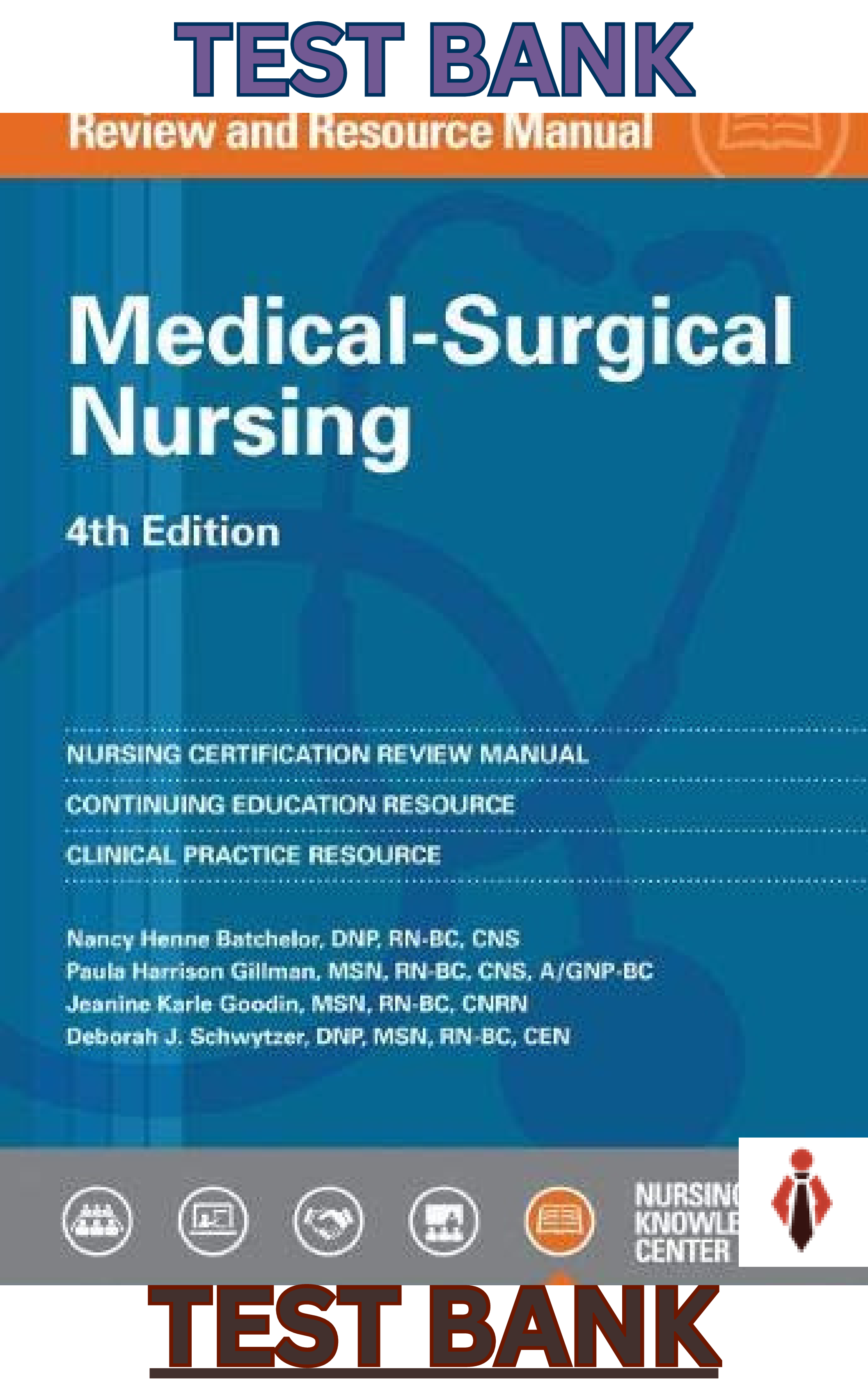







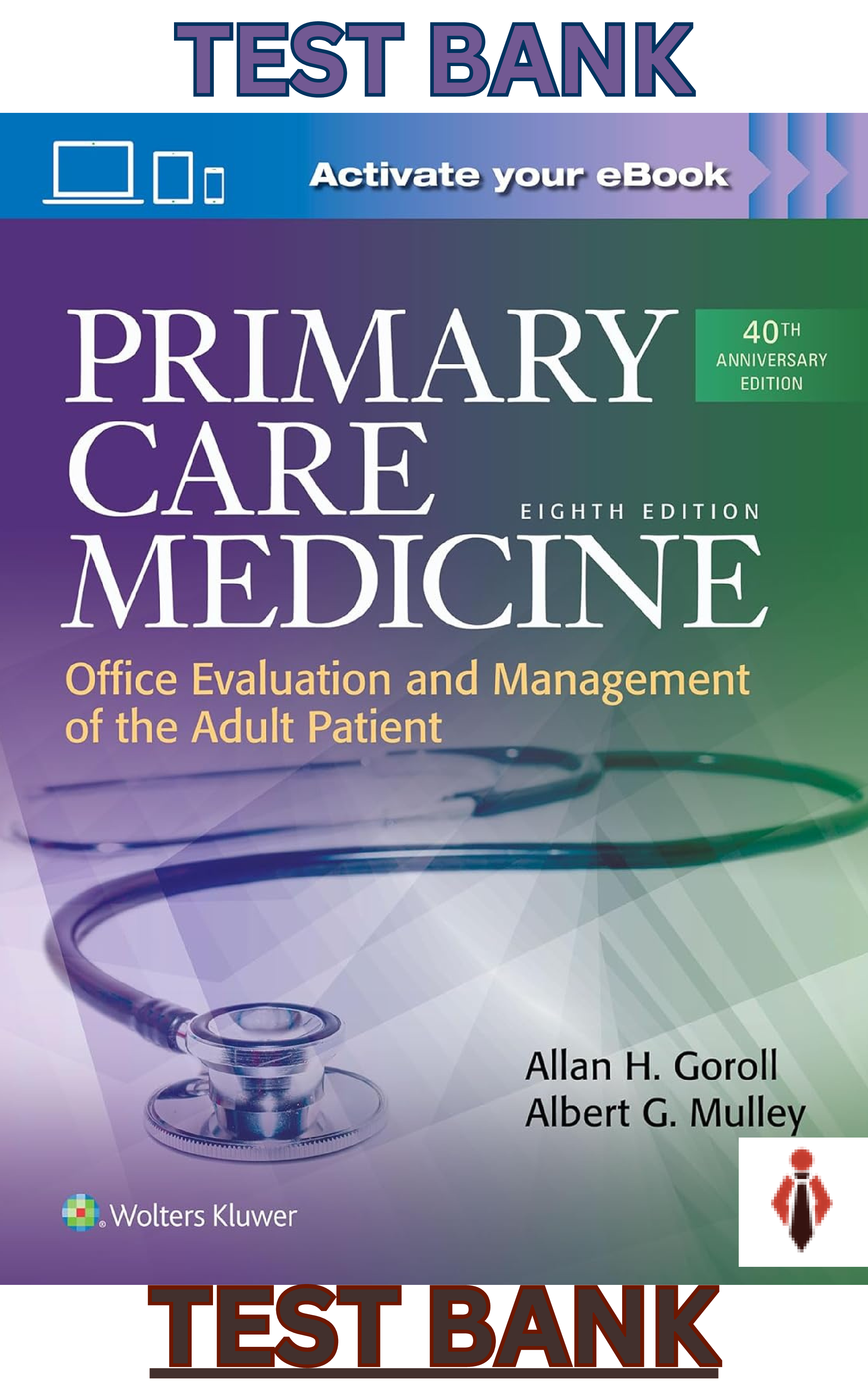



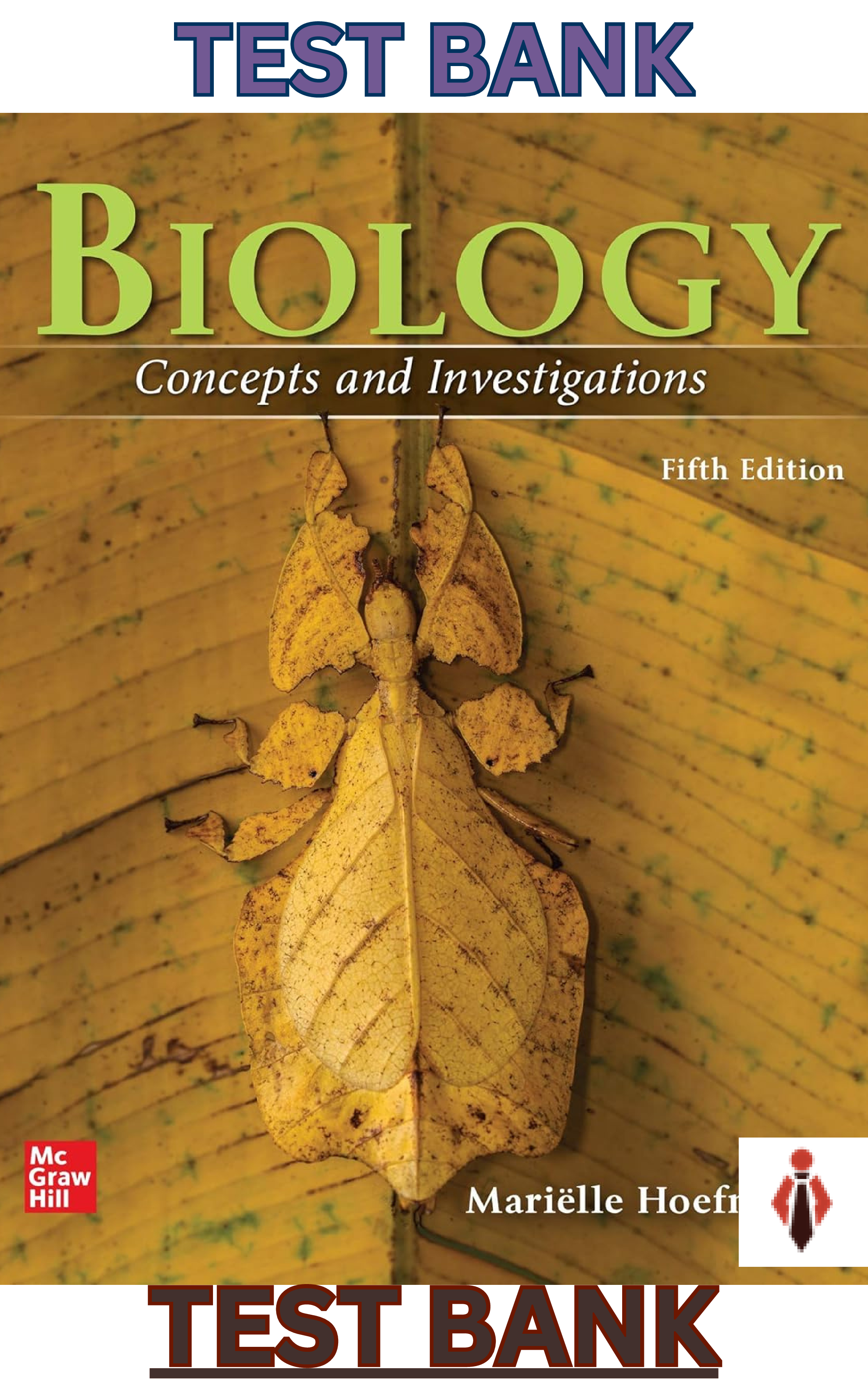


.png)

